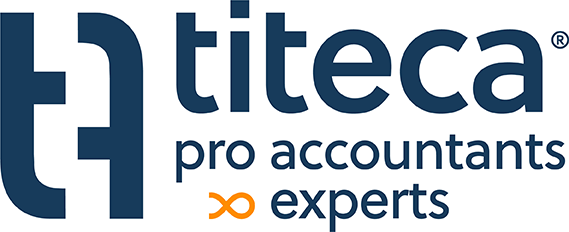In the context of succession planning, people sometimes choose to make a gift of movable property without paying gift tax[1]. Consider a hand gift of jewelry, a bank gift of securities, or a bank gift of funds. If the donor níet dies within three years of the gift, it remains a tax-free recourse. If the donor wél dies within three years of the gift, the gift will still be subject to the - higher - estate tax[2].</strong
However, sometimes you may find yourself in the situation where the health of the donor is rapidly deteriorating. Although not a priority at the time, it may still be important to consider the options available to avoid the higher estate tax.
1 The pacte adjoint
In practice, a private donation is usually (and so it is recommended) accompanied by a document called a "pacte adjoint". This document serves as proof of the donation made, and allows any additional conditions of the donation to be included (for example, a return in the event of death or a prohibition on disposing of the donated property).
The donee will send the gift document signed by both parties by registered mail to the address of the donor, giving the document a fixed date. That date is therefore the indisputable starting point of the three-year risk period. If the donor remains alive during this three-year period, then no gift tax is due. However, if during this three-year period a situation arises in which the donor suddenly does not fare well (e.g. hospitalisation), it may be advisable to make the necessary arrangements for the registration of the donation made and payment of the - lower - gift tax.
Even if one has not yet made a donation, it can still be fiscally expedient in such a crisis situation to still organize a moveable donation. Since it is often not an option to wait for the three-year term, one immediately registers the pacte adjoint and consciously chooses to pay the lower gift tax immediately in order to avoid the high inheritance tax.
In both cases, however, the key will be to offer the pacte adjoint for registration in a timely manner.
2 Either submit for registration to the office of legal certainty
A first possibility to avoid inheritance tax is to present the pacte adjoint for registration at a Legal Aid Office of your choice[3]. This does not necessarily have to be the Legal Certainty Office of the donor's or donee's place of residence.
In Brussels and Wallonia, the registration takes place following the effective payment of the gift tax, at the same time as the document is presented.
In Flanders, registration is effected purely upon receipt of the documents (apart from payment, which is handled afterwards by the Flemish competent service VLABEL). You can bring them to the office, put them in the box, send them by post or - at some offices - send them by e-mail[4].
However, in urgent cases you should take into account the opening hours of these offices. Documents can only be presented for registration (also by e-mail) between eight o'clock in the morning and twelve o'clock in the afternoon. Moreover, the law states that a document presented outside office hours (i.e. after 12 noon or at the weekend) is deemed to have been presented at the time of the first subsequent opening of the office.
If the donor is admitted to hospital on a Friday afternoon because of an emergency and the document is delivered to the Legal Aid Office that same afternoon, the offer will only count from eight o'clock on the following Monday morning. In some cases, however, it may already be too late.
3 Either deposit under the minutes of a notary public
Another - sometimes forgotten - possibility to escape inheritance tax is to have the pacte adjoint deposited under the minutes of a notary. In practice, this means that the notary draws up a notarial deed to which the pacte adjoint is attached[5]. Although this deed (and its annex) must also be presented for registration by the notary within 15 days, the moment of the death of the deed counts here as the moment at which the deed is deemed to be subject to gift tax and therefore "presented" for tax purposes.
This technique has its advantages. One does not have to respect the opening hours of the Legal Security Office. Moreover, in exceptional circumstances, the notary is not deontologically prohibited from performing his duties outside office hours (such as at the weekend or on a holiday), and from going to the donor's home if his state of health so warrants.
The notary can also mention the exact time in the deed, which is in principle not the case at the Legal Certainty Office[6]. However, if the donor dies on the same day, it may be important to be able to provide evidence that the time of offering was prior to the time of death.
Either way, should you find yourself in such a situation, know that your advisors are available to take your mind off it. Do not hesitate to here Please contact us so that we can consider which option, if any, may be most appropriate.
[1] For Flanders: gift tax.
[2] For Flanders: inheritance tax.
[3] The former "registration office".
[4] It is best to contact the office in advance to inquire about the working methods permitted by the office in question.
[5] The cost of such a deed (fees and filing costs) is approximately 375 euros (including VAT).
[6] Although, one could ask the recipient to manually add the hour of offer to the registration bait.




